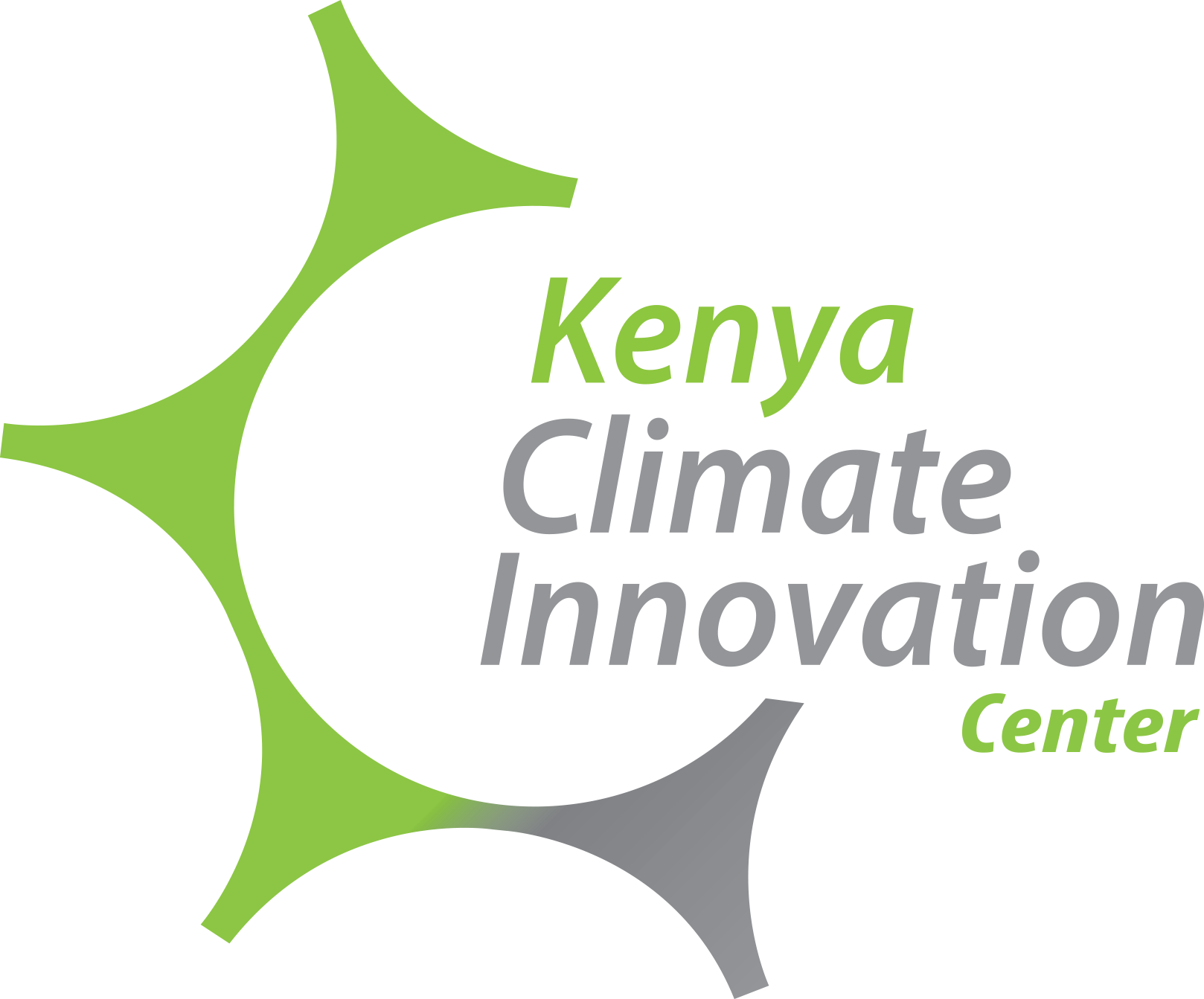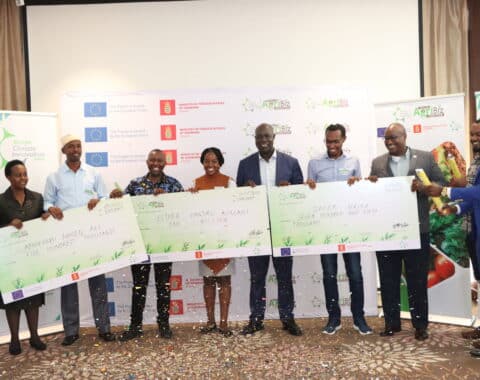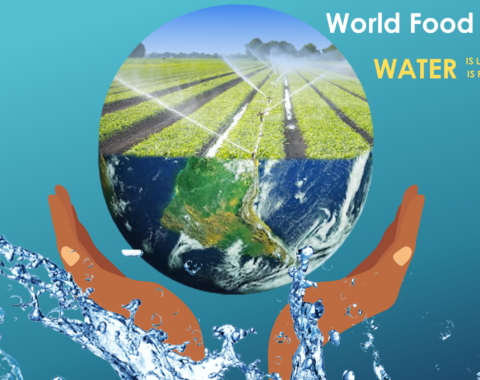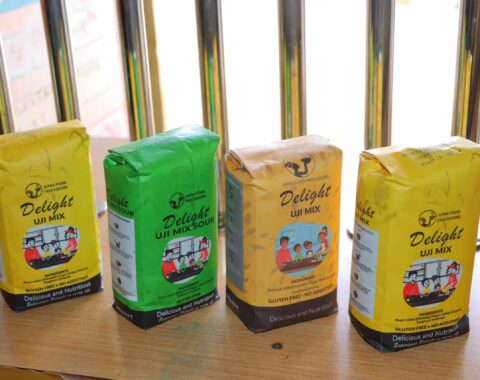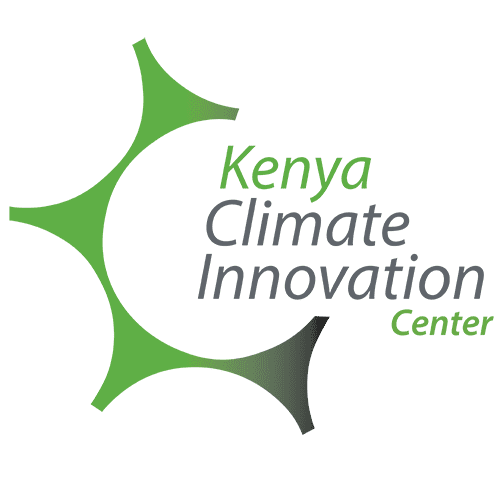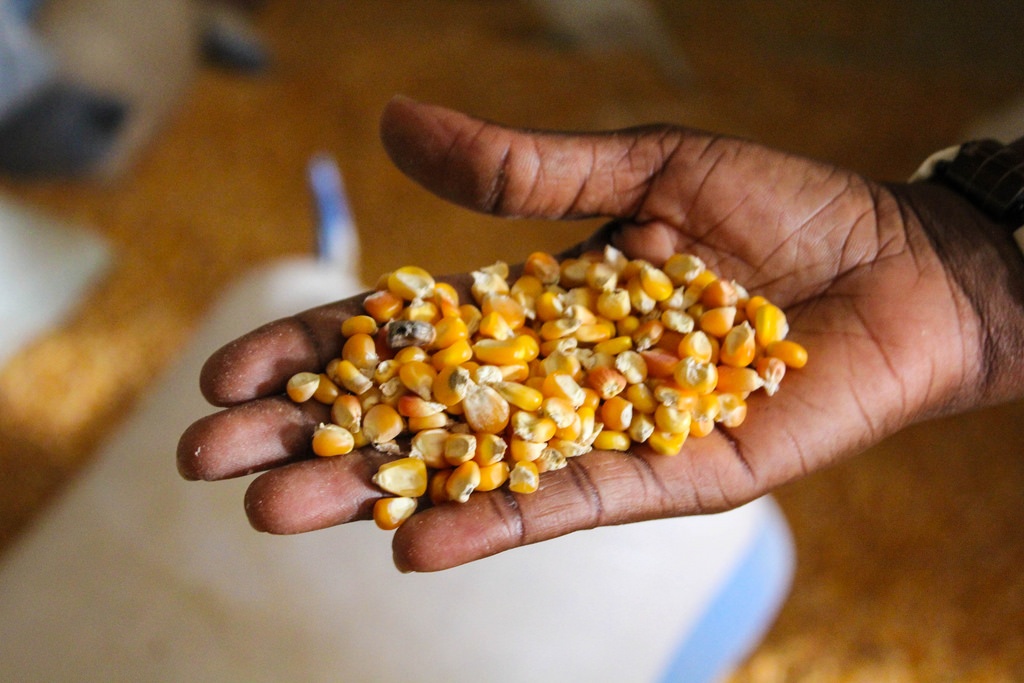
Kenya is a country that simultaneously suffers from malnutrition and food waste. On the one hand, USAID reports that nearly a quarter of Kenyan children under 5 suffer from stunting, or an abnormally low height for age. Yet, Kenyan food exporters report that nearly 50% of produce is rejected before being exported. Exacerbating this situation is climate change, which has brought decreased yields for farmers in the country. Today on World Food Day, it’s important that we look at how all of these issues are connected when it comes to food security.
Climate change threatens food production + farmers’ income
While the causes of hunger are complex, low crop yields are a prominent issue for both producers and consumers. Firstly, the majority of Kenyans- a whopping 80%- live in rural areas, and 75% of the total population makes at least some part of their living in agriculture. The sector is a huge driver of the country’s economy as well, contributing to about 27% of GDP. As a result, when droughts and other climate change issues hinder crop yields, those employed in agriculture suffer income losses.
For instance, the production of maize- a staple crop in Kenya- has suffered under the lack of rains. In the year 2017, harvests were about 15-20% below the average of the previous five years due to poor weather conditions.
Not only do income losses impede agricultural workers’ ability to purchase food, but decreased harvests lead to food shortages. For subsistence and small-scale farmers- the latter of which produce over 75% of total agricultural output– these losses can be particularly devastating and prevent workers from being able to feed their families.
Improving Kenya’s farming sector
There is also the fact that much of Kenya’s land is not actually very suitable for farming. 80% of the territory is arid or semi-arid, and increasing droughts and unpredictable rains make farming in these regions even more difficult.
Furthermore, invasive plants brought to Kenya from other parts of the world have been devastating in places like Laikipia; in that area, a non-native cactus has spread over large swaths of territory, killing the cattle who eat it. This has been infringing upon the livelihoods of the Maasai people, who depend solely on pastoralism.
Thankfully, KCIC incubates a variety of SMEs who are tackling the aforementioned issues. In fact, of the three thematic areas in which we work, agribusiness accounts for about half of our clients. For instance, recent winner of the ClimateLaunchpad Kenyan National Final, Ujuzi Kilimo, makes sensors that track soil nutrient levels and allow for more precise fertilizer application. Cactigas converts the abovementioned invasive cactus into organic fertilizer and biogas- a renewable energy. Cocogrow combines coco pith with hydroponic farming to create a highly nutritious growing medium that uses 10 times less soil than traditional farming.
Food waste in Kenya
Despite income and yield losses that are causing too many Kenyans to go hungry, the agricultural industry actually wastes a lot of produce. This is particularly evident in the export sector. According to a study by Feedback Global, fruit and vegetable waste is in large part due to strict cosmetic specifications imposed by European retailers. Additionally, Kenyan farmers suffer from unfair trading practices like cancelations and last minute forecast adjustments on the part of clients. As a result, produce that is perfectly fine to eat ends up getting tossed out.
KCIC also has clients who are turning this issue of food waste into an opportunity. For example, Kikai Foods uses a solar drying method to dry fruits and vegetables that would otherwise be thrown away in the agricultural chain, converting them into tasty and nutritious snacks.
Sustainable farming is the solution
USAID warns that from 2010–2030 under-nutrition will cost Kenya approximately US$38.3 billion in GDP due to losses in workforce productivity. However, by investing in more sustainable agribusiness practices, we can combat a variety of issues: boosting income for small-scale farmers, increasing the quality and quantity of the food supply, making the land more suitable to farming and preventing further degradation, and decreasing food waste. Moreover, as such methods reduce greenhouse gas emissions, they can also mitigate some of the problems that climate change has been causing in the first place.
By: Alise Brillault
Cover photo credit: World Bank Photo Collection on Visualhunt.com / CC BY-NC-ND

